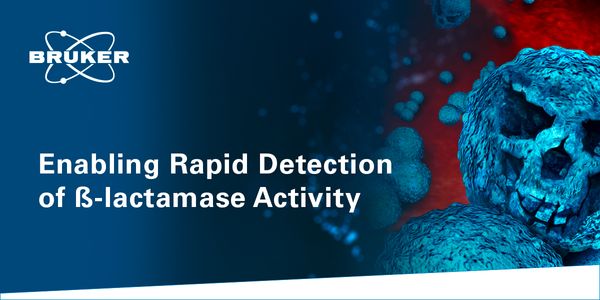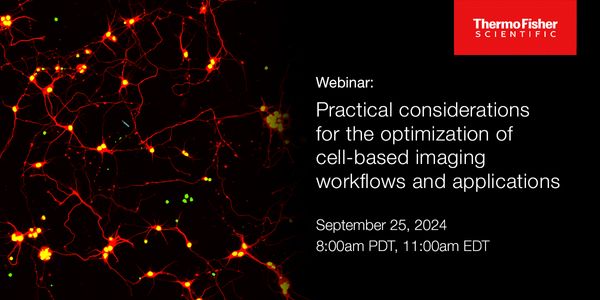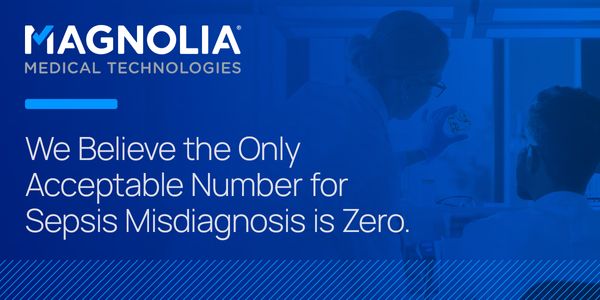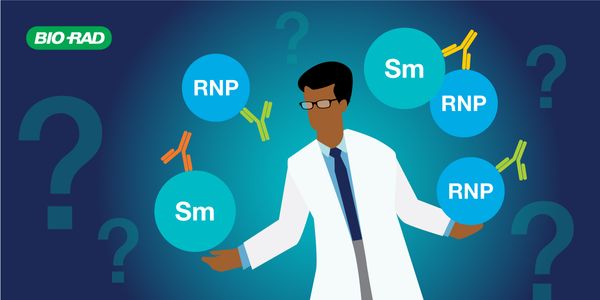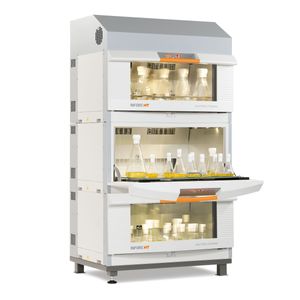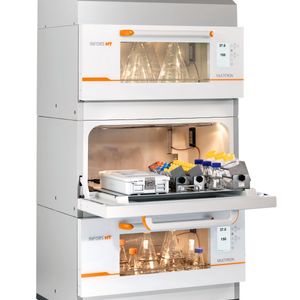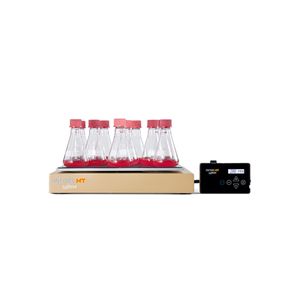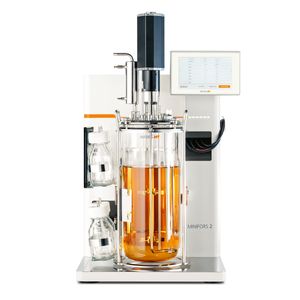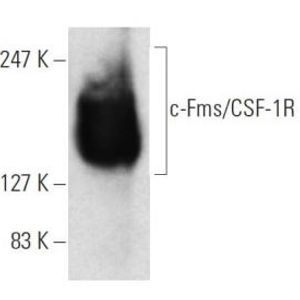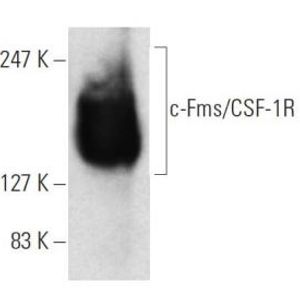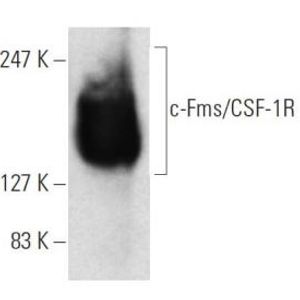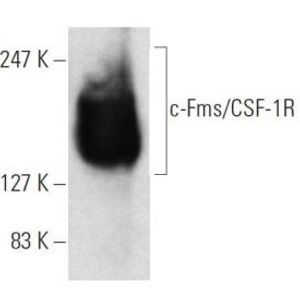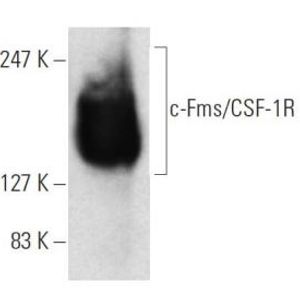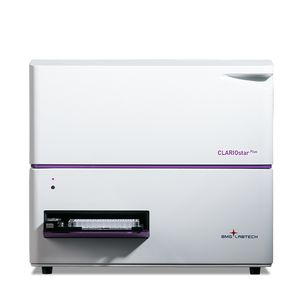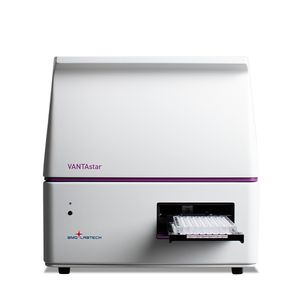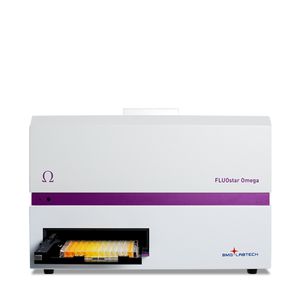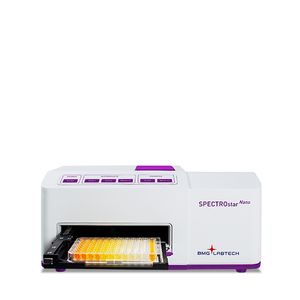Microbiology Webinars
This compilation of webinars touch on the various human diseases are most commonly attributed to the subject matter of microbiology, as well as the many microbes that are also responsible for numerous beneficial processes.
Show More
-
NOV 14, 2024 | 8:00 AMC.E. CREDITSMaintaining consistent assay performance over time is critical for clinical laboratories....
-
NOV 13, 2024 | 10:00 AMC.E. CREDITSIn 2022, there were approximately 1.4 million new cases of prostate cancer reported globally and over 397,000 deaths reported globally. PSA testing can have significant value in detecting me...
-
OCT 24, 2024 | 5:00 AMC.E. CREDITSUrinalysis is a major diagnostic screening test in the clinical laboratory, with an important role in diagnosing and monitoring nephrological and urological conditions. Until recently, micro...
-
OCT 23, 2024 | 9:00 AMC.E. CREDITSThe increasing emergence of carbapenem-resistant organisms (CRO), including Enterobacterales (CRE), Pseudomonas aeruginosa (CRPA) and Acinetobacter baumannii (CRAB), is a major public health...
-
SEP 25, 2024 | 8:00 AMC.E. CREDITSFluorescence microscopy offers robust, multi-parametric and scalable analysis of cell level activity in heterogenous populations with spatial and temporal resolution, often critical for effe...
-
SEP 25, 2024 | 7:00 AMC.E. CREDITSThe cellular physiology of microbes can vary significantly within a population, even when exposed to identical external conditions. Recent theoretical and experimental studies have shown tha...
-
SEP 18, 2024 | 8:30 AMC.E. CREDITSA unique opportunity to deepen understanding of how labs can contribute to antibiotic stewardship efforts by running efficient Procalcitonin testing, yielding significant impacts on patient...
-
AUG 29, 2024 | 9:00 AMC.E. CREDITS1) Microscope slides and coverglass are used in many parts of the lab while knowledge of how these items are made and the technical properties they have is limited. 2) By not understanding t...
-
AUG 28, 2024 | 9:00 AMC.E. CREDITSBlood Cultures are the gold standard test for Sepsis diagnosis and an essential first step in infectious organism identification. Improving its quality is critical to the outcomes for a pati...
-
MAY 07, 2024 | 8:00 AMC.E. CREDITSAntibodies against ribonucleoprotein (RNP) are an important serologic marker for mixed connective tissue disease (MCTD). RNP interacts with Smith (Sm) proteins to form the Sm/RNP complex. An...
-
MAR 20, 2024 | 9:00 AMC.E. CREDITSJoin us in this enlightening session to deepen your understanding of qualifications and their transformative impact on risk management and regulatory adherence. Gain actionable insights that...
-
NOV 14, 2023 | 10:00 AMC.E. CREDITSAssessment for anti-dsDNA antibodies provides some of the most significant challenges in autoantibody serology testing. Anti-dsDNA antibodies are an important biomarker for systemic lupus er...
-
NOV 14, 2023 | 6:00 AMC.E. CREDITSIt is over half a century since haemoglobin A1c (HbA1c) was recognised by medical professionals; the importance of HbA1c to the long term health of people with diabetes was clearly demonstra...
-
Laboratories performing diagnostic testing for infectious diseases have an obligation to meet the needs of multiple patient populations....
RNA viruses use a variety of interactions with host proteins to gain entry, to evade immune responses, to promote viral replication, and to promote viral egress and spread. These interaction...
Borrelia burgdorferi, the causative agent of Lyme disease, cycles between an Ixodes spp. vector and a vertebrate reservoir host, typically small rodents. Humans become infected when they int...
Antimicrobial resistance is an important and pressing challenge for global human health. Several obstacles in understanding, diagnosing, and treating antimicrobial resistance limit our abili...



